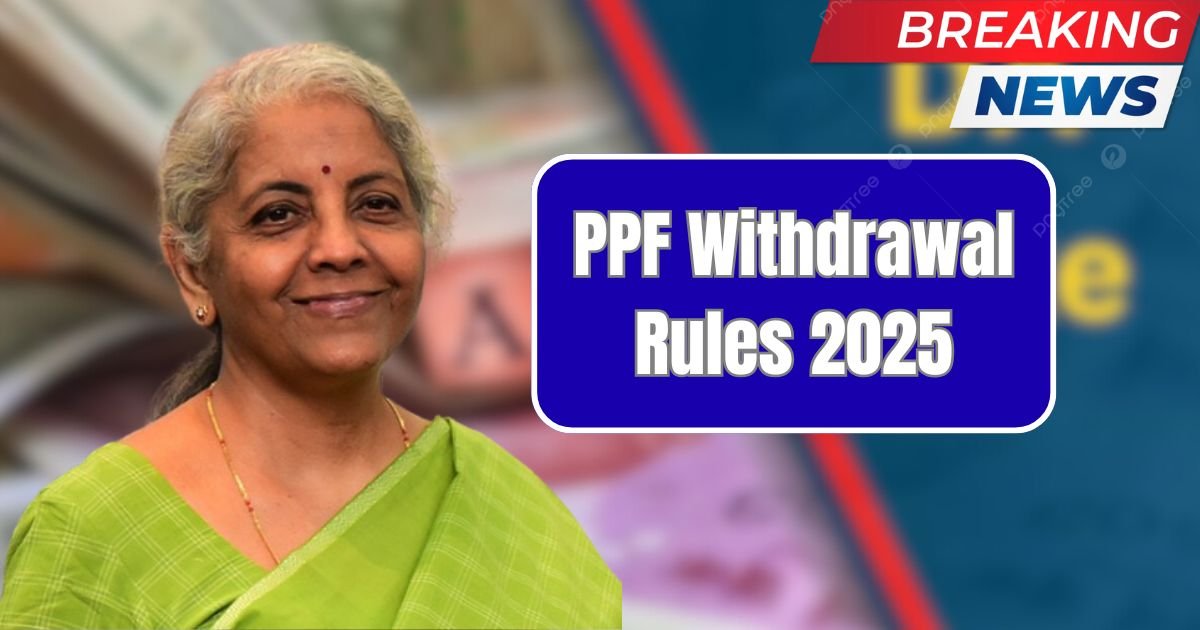The Public Provident Fund (PPF) is one of the stalwarts in the financial planning in India which has guaranteed, tax-free returns and safety through the government of India. Moving into the year 2025, it is important to be aware of the recent changes in PPF withdrawal regulations to understand how investors can get that flexibility without losing out on long term savings. Expecting a 7.1 percent interest rate in Q2 FY 2025-26 year and new e-KYC features, withdrawal of funds is now simplified. In this article, we will break down the essentials of PPF withdrawals so that you make the right choices.
The reason Why PPF Remains Popular
The attractiveness of PF is in the safety and tax optimization of the company. Contributions till 1.5 lakh per annum movie deduction u/s 80C and the interest and the amount received on maturity are not subject to taxes. The 15 year lock-in associated with the scheme promotes rigorous saving, but the scheme has other options such as loans, partial withdrawals, and premature closure to meet emergencies.
Full Withdrawal At Maturity
Your PPF account will mature after 15 years, after which you may withdraw the money (principal plus tax-free interest) at a go. As an example, an account oriented in 2010 will be attained in 2025. To close it, fill Form C and give it along with PPF passbook to your bank or post office. These deposits are made seamlessly with no hassles to your bank account and accounts are credited directly to your linked savings account.
Early Access
The limit imposed is that through the 6th financial year you may withdraw no more than half of the amount in place at the end of the 4th, or the prior year, whichever is smaller. Universally only a single withdrawal can be made in each year The ability to shift through such expenses as education or medical needs without diminishing the benefit of the account over the long term.
Options Of Premature Closure
Retirement can be done before the age of 5 years due to cardinal reasons such as medical emergencies, tertiary education and change of residency status. There is also a 1 percent penalty rate and the effective rate goes down (to 6.1 percent in this case). It is structured, but not too complicated, with the following types of documents being required: proofs of the emergency.
Topping Up Your PPF Account
After maturity, there is the possibility of extension of the PPF account in terms of 5 years by 5 years each. Without the donations, the balance is left alone to make an interest and it is possible to make a withdrawal of any amount once in a twelve months period. With contributions, contributions must limit 60 percent of the balance at the start of the extension over 5 years. This alternative is applicable to investors who would like to see a sustained growth that continues without taxation.
Automated Workflow In 2025
Using Aadhaar-based e-KYC since July 27, 2025, or paperless, transactions are simplified and it makes withdrawals easier. Fill, complete form C, do e-KYC and the money is transferred quickly. Such modernization improves convenience, without any loss of security
Tips On Pros And Cons
donate partial withdrawals or stocks to meet immediate necessity to maintain compounding advantages. Do not prematurely close unless there is really no option left or the interest penalty would be great. Make withdrawals of planned amounts around life events such as buying or selling homes or retiring to have the best control of finances.
Also Read: Yamaha RX 100: The Legendary Two-Stroke Icon of Indian Roads
